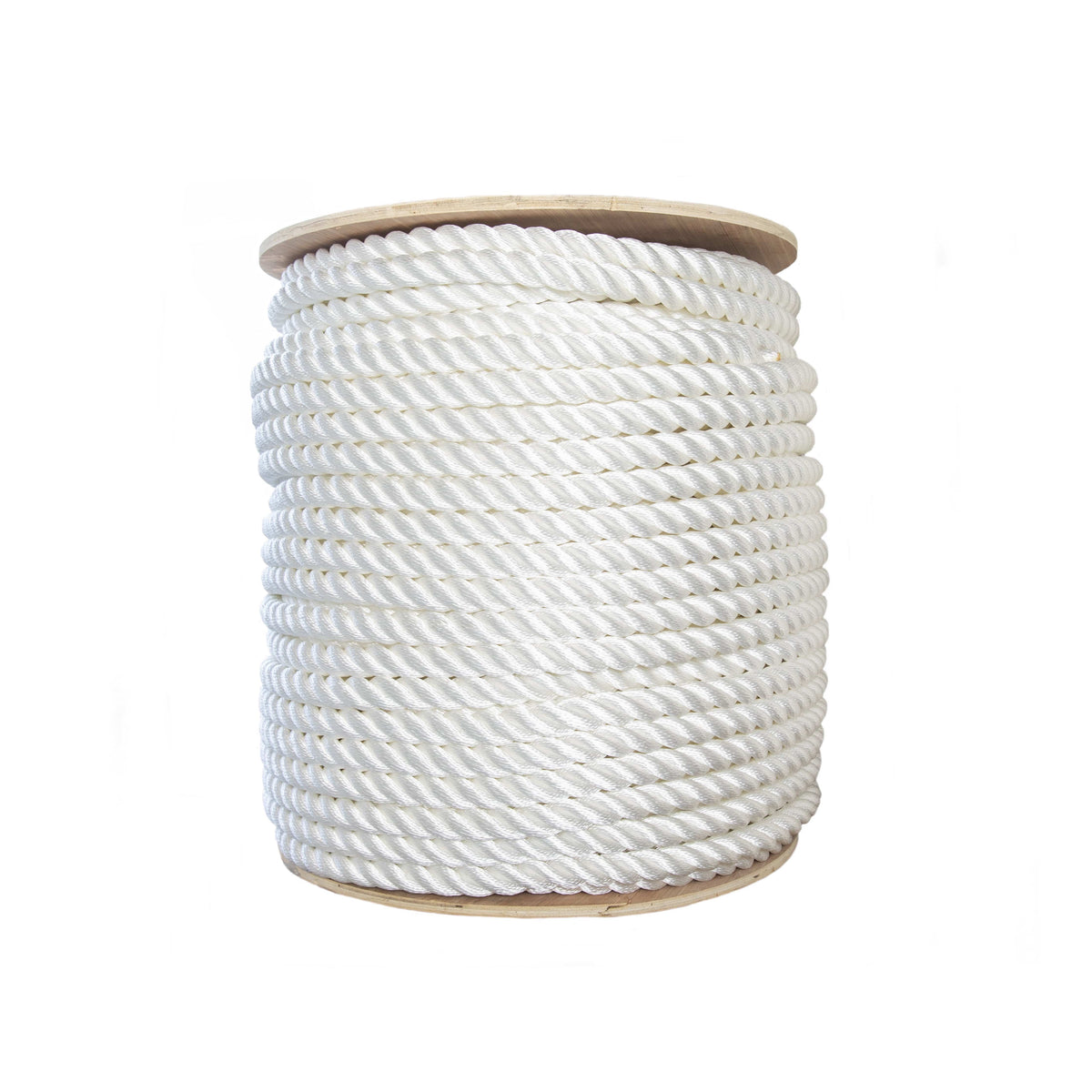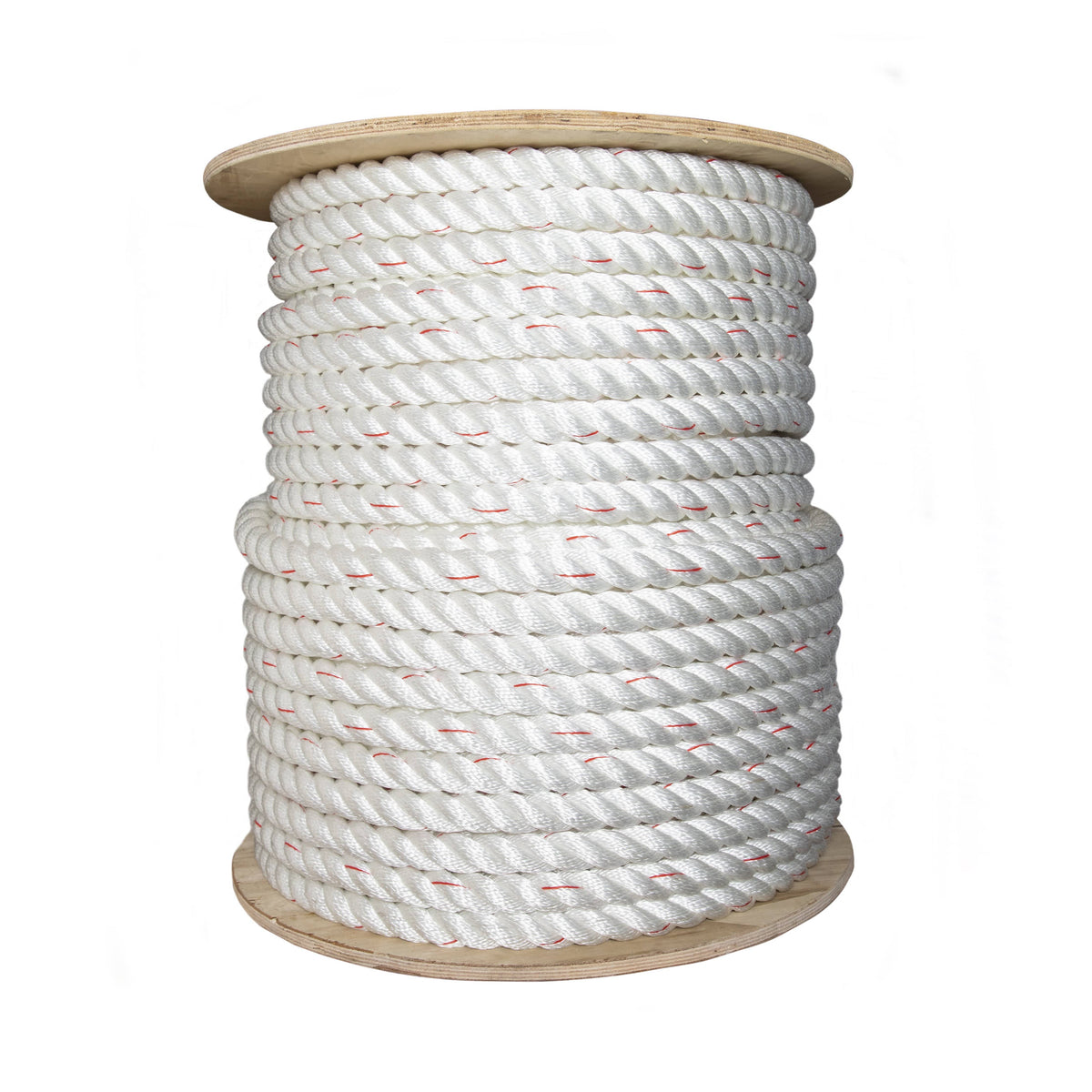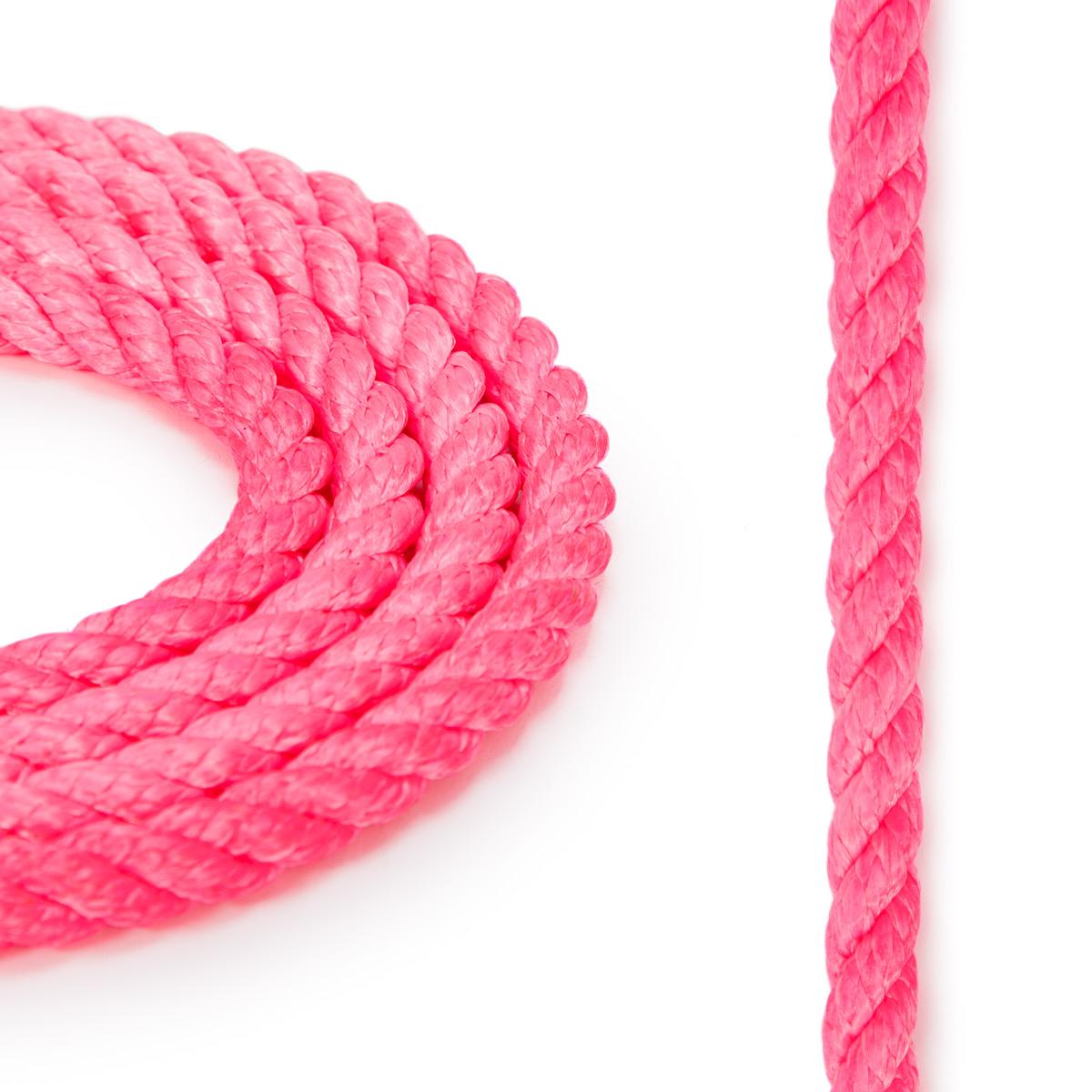CurSedVoyce
California Hillbilly
Think about how easy it would be to cut your finger with a throw line.
Makes sense to me!less picking and double braid is cheaper around here



 www.knotandrope.com
www.knotandrope.com

